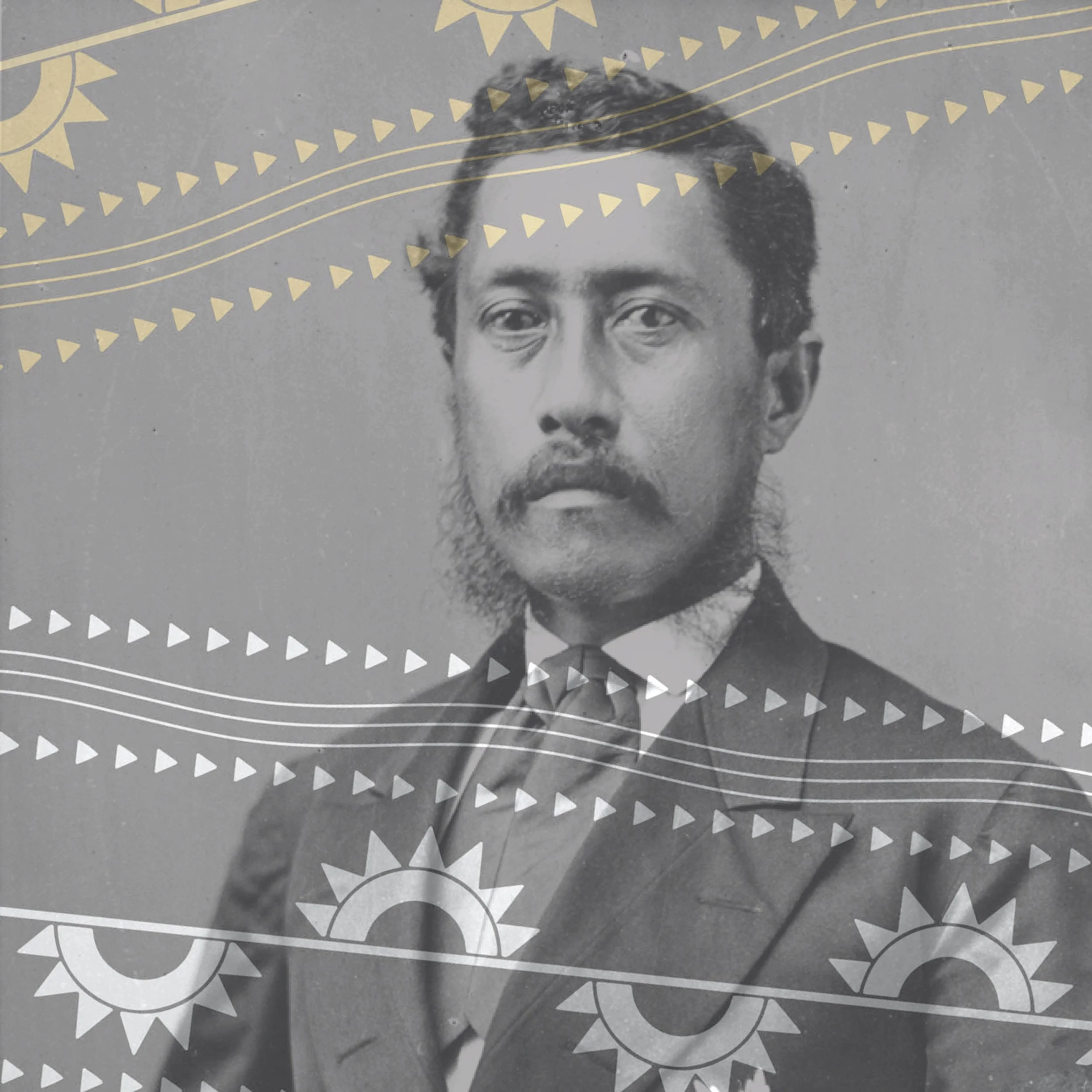Cultural & Historical Significance of Waipouli
Waipouli is a place of memory, meaning, and cultural continuity. This ʻāina has long held significance for Native Hawaiians, and its traditions continues to shape the identity of Kauaʻi today. The information below honors the deep roots of Waipouli and its connection to generations past.
King William Charles Lunalilo
Waipouli, situated on Kauaʻi's east side within the ahupuaʻa of the Puna moku, is part of the esteemed Royal Coconut Coast. This region holds deep ancestral importance, having been a center for aliʻi (chiefly) governance, spiritual practices, and traditional birthing sites. The nearby Wailua River, nourished by Mount Waiʻaleʻale, has long been considered sacred—supporting ancient heiau (temples) such as Hikinaakalā and Holoholokū, and serving as a vital source of sustenance and cultural life for generations.
Historical research indicates that the ʻāina of Waipouli was once part of the personal landholdings of King William Charles Lunalilo, the first elected monarch of Hawaiʻi. While it is not confirmed whether this parcel was formally included in the Lunalilo Trust, its aliʻi origins carry significance. In the spirit of Lunalilo’s legacy—one rooted in service to Native Hawaiians—this ʻāina should be stewarded accordingly.
The current redevelopment initiative seeks to honor this heritage by returning the land to Native Hawaiian stewardship through the Department of Hawaiian Home Lands. This effort aspires to restore a sense of place, cultural continuity, and community rootedness for kānaka maoli.



